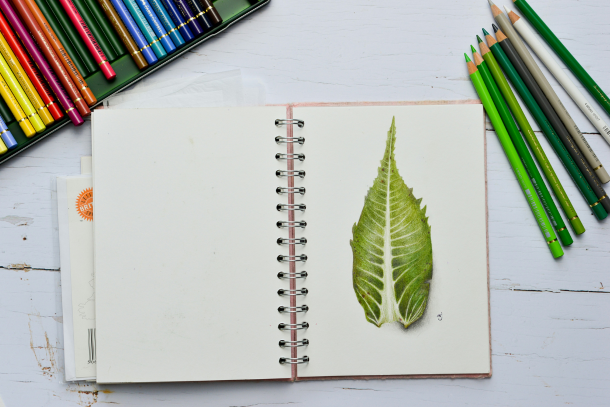Minimalism in Design: Everyday Life and Minimalism with Kids
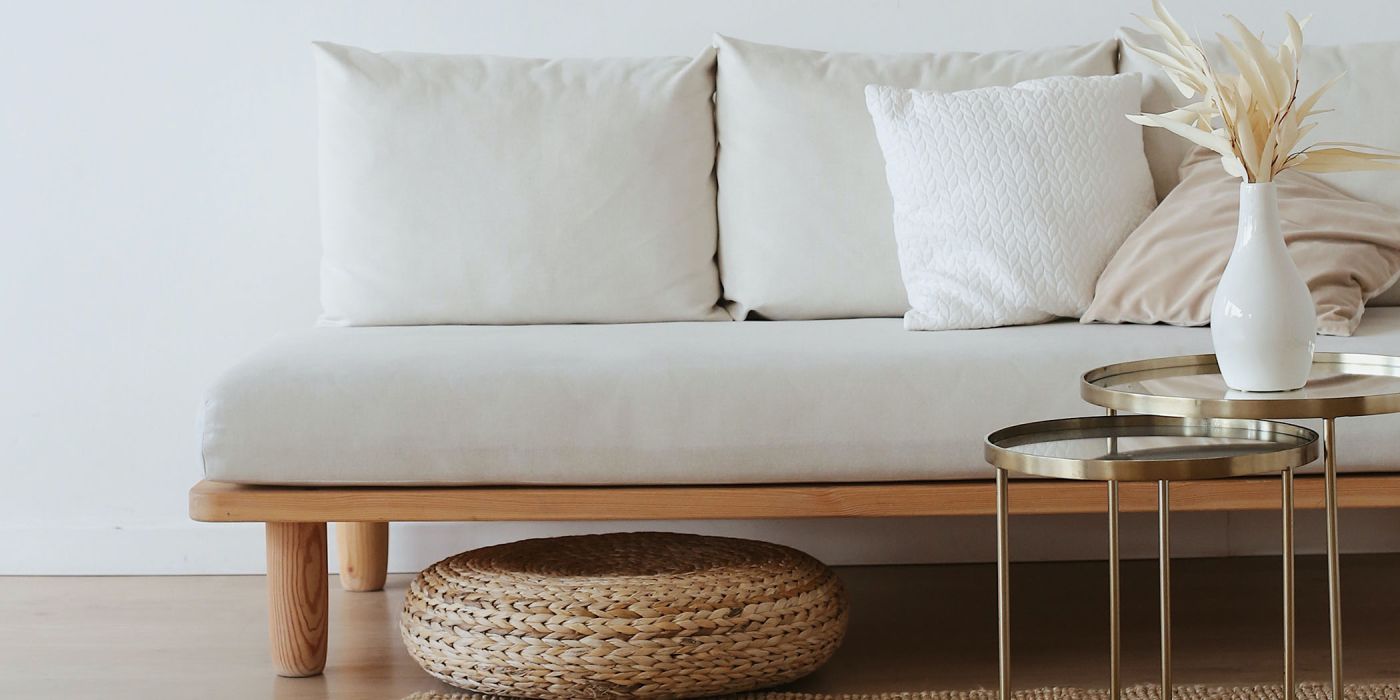
What is minimalism?
Minimalism is a concept in which we focus on what matters and we avoid what is unnecessary. It teaches a more concentrated lifestyle based on simplicity and freedom. Many people who wish to live a life with fewer material items that have strong meanings attached to them. The concept is widely misunderstood.
Most misunderstandings come from the notion that minimalists own next to no possessions. Which is simply untrue. The concept is more focused on the meaning that material items have to us and what they mean. You are able to have and enjoy all the items you wish, providing you do not sacrifice and lose yourself in the process of getting them.
You do not have to own a certain amount of items in order to be consisted a minimalist, nor does it come with sacrificing items that you already own. Colin Wright's Minimalism Explained gives a perfect reason as to why it seems minimalism means owning very few items. He claims that the reduction of physical possessions is often a result of minimalism and is not due to minimalism itself.
Minimalism is really about knowing that the things you do own are valuable to you and serve a purpose. Note that it is about choosing what is really important to you as an individual, what gives your life meaning and value?
What isn't minimalism?
- Not an evaluation of how much you own, what car your drive, how big your house is or how many clothes you have
- Throwing away everything you own
- Spending no money
Stephanie Marie Seferian - Sustainable Minimalism: Embrace Zero Waste, Build Sustainability Habits That Last, and Become a Minimalist without Sacrificing the Planet (Green Housecleaning, Zero Waste Living)
This novel is a great read if you are looking for more information on how to adopt a more minimalist lifestyle. The reviews have stated that this is the perfect book for people who are looking to find a realistic roadmap to a more sustainable way of living. They argue that through using the tips that are featured within the book, you are able to make a long-term difference.
How do you practice minimalism in everyday life?
Of course, there is an element of getting rid of material possessions within this. It is not the most important element, but if you have items in which have no value or meaning, then getting rid of things you do not use nor need aids the process of creating a less stressful and cluttered lifestyle. For some, to be organised in your physical space is to be organised in your mental space. If you are someone who is particularly concerned with material items as a means of identity, then getting rid of items could be a great place to start.
Note that minimalism in everyday life is not about having no possessions, despite wanting to get rid of items that you do not use or need. You are still able to enjoy items like everyone else, but acknowledge that they are not what gives your life meaning. The quicker you remove the notion that you must throw away all your possessions in order to lead a minimalist life, the quicker you will be able to make much more sense of it.
Essentially, to lead a minimalist life, you must focus in on what matters to you and treat them with value and attention. If material items are getting in the way of goals and dreams, having a minimalist attitude allows you to evaluate whether those items are actually valuable enough to stand in the way of what really matters to you.
Below are some ways in which you can aid the process of living a minimalist life. These are not the only ways it can be done, but they provide some great places to start.
Wardrobe
Most of us will buy clothes because we like the look of them and we want them. A minimalist outlook would evaluate whether we really need that item. If it is something you haven't worn in a long time, but it is just taking up space in your wardrobe, then ask whether you need to keep that item. Minimalists try to resist the urge to impulse buy.
This can provide less stress when deciding what to wear, less clutter and provide you with more space to place those things that do matter.
Socialising
Recognise that your time is valuable and attempt to spend it in ways that are most important to you. This will vary from person to person and there is no right or wrong answer when it comes to this. Find out what brings you the most joy and ensure that you spend as much time as you want on this thing.
Avoid using your time in ways that do not benefit you. It is so important that we ask ourselves, 'is this meeting my needs and priorities right now?' and if your answer is no, consider what actions would be much more beneficial. Instead of fitting the important things into errands and other commitments, fit the errands and commitments around the things that are most important to you.
Spending
The cost of living can be expensive, especially for those who do not have great control over their money or struggle to budget their monthly costs. If you find that you are spending large amounts of money, ask yourself if those purchases are bringing you joy. Tracking your spending can be difficult, and this does not mean that you cannot buy anything that doesn't serve a purpose, it is just more about spending money on things that matter to you and on what is important.
For example, spending your money on memories instead of physical gifts. Choose an experience or something that you are to physically do. If you are in debt, try to focus in and eliminate those extra costs. We appreciate this is something that takes time and sometimes it just is not possible to cut costs, but remember that this is a process and it can be slowly achieved over time.
What about practising minimalism with kids?
This is where it is really important to consider what a minimalistic life is going to look like to you. For most, how much they own is not really the problem. You are still able to live a minimalist life with kids if them having toys and plenty of clothes are not an issue for you. It really depends on the extent to which you wish to live minimally.
A minimalist can have the outlook that their child has what they need and that is enough. A comfortably sized home, enough toys, enough clothes and simplicity in real-life. Using items that add value to their life and nothing more.
The wardrobe method listed above can be particularly useful in this instance. Kids will typically need a lot of clothes, especially when they are a baby and are more prone to accidents. However, building your children a minimalist wardrobe can help to control over buying clothes for your children and how much time you spend doing the washing. If you have more than one child, you are bound to have much more washing to be done, however, buying your child enough clothes to wear daily can be enough.
A blog by a minimalist mother, titled Simply & Fiercely, admits that when her first child was born, she bought way too many clothes, but now she has a small collection of clothes for her second child that live in a small basket.
When it comes to toys, most children are guilty of wanting a toy, only to never pick it up again after playing with it for only a short amount of time. If your child has favourite toys that they are more inclined to play with, perhaps sort them into piles and those that they do not play with can be donated to your local charity shop. This leaves them with toys that are important to them and toys that bring them joy.
Joshua Baker - Clutterfree with Kids: Change your thinking. Discover new habits. Free your home.
This book, written by Joshua Baker, the founder and editor of Becoming Minimalist, includes great knowledge on his life as a minimalist with two and his wife. It teaches you about the balance of life and managing clutter, offering new perspectives and new insight into how to achieve a clutter-free life with kids.
Minimalism in Design
Aside from building a minimalist lifestyle, there are other forms of minimalism that are featured in the design. This concept evolved in the 20th century in the form of rejection of Victorian architecture and abstract art. Minimalism in design was largely influenced by traditional Japanese gardens and their simplicity.
The notion really comes from the basic idea that 'less is better' that influenced the design of items. Minimalist designs for house interior and minimalist methods to decorating your home have become extremely popular in comparison to busy and full designs of Victorian households. This is due to some key thoughts that are outlined when creating a design with minimalism in mind. The following are examples.
- Functionality - What function does this item serve?
- Place and Purpose - Where will this item go and why?
- Space - Can this fit here and is there enough room?
- Light - How can you use natural light to your advantage?
- Colour - Matching and limited colour palettes
With these in mind, it can be much easier to create a home interior that features minimalist designs. Keep your space simple and uncluttered, ensure everything has a home and each item has its purpose.
Colour
When choosing a colour for your design, picking a neutral base colour is important. It creates a blank canvas that can be matched with another light neutral colour. Using colours like this makes it much easier to have a simple design. When choosing furniture, select those they are made of natural and neutral materials. Some colours to consider as:
- Beige
- Cream
- White
- Light Grey
Place and Purpose
Place your belongings in areas that serve a purpose. Ensure that they are not cluttered and that there is good space between your objects. You can place bold pieces of furniture as a statement piece or use your space to accurately create a pattern that provides a visual balance, ensuring that the arrangement of your furniture is pleasing to the eye.
Light
Using natural light is very beneficial for us and if you are able to incorporate this into your design, it can make the area feel much more authentic and natural.
Web Design
Design also reaches outside of typical architecture and expands into other elements, such as web design. It attempts to simplify interfaces through the removal of unnecessary sections or other forms of content that offer support to the user or any of their tasks. Some features of minimalistic web designs are:
- No highlights, shadows, gradients or other textures that can make it look 3D (flat interface)
- Colours are monochrome or limited
- Menu, link, images, lines, captions, colour, fonts and icons are used to convey a message
- Negative space
An example of a minimalist design is the homepage of google. It features plenty of negative space (though use this correctly), colour through the logo, font and it is a flat interface.
Minimalism in Photography
This is another variation of the art that captures the simplicity of a form. It brings focus and attention to a small number of objects. A minimalist photographer will typically focus on just one subject rather than attempting to capture a variety of different colours, patterns and objects.
This once again focuses in on the notion that 'less is more' and all unnecessary objects within the photograph are removed. Much like web design, negative space is used within minimalist photography. When picking a subject, they are often isolated and away from other objects and clutter. As with other minimalist designs, colour is very important and finding how simple colours can complement each other can make the perfect photo.
Related to this article are the following:
I do hope you have enjoyed this article and hope that you will subscribe to my newsletter so you can get the latest information about all things naturally relaxing.
Stay in touch, join the Naturally Relaxing Newsletter
Newsletter Signup
Post Your Comments
or post as a guest
Be the first to comment.
Latest articles in Lifestyle
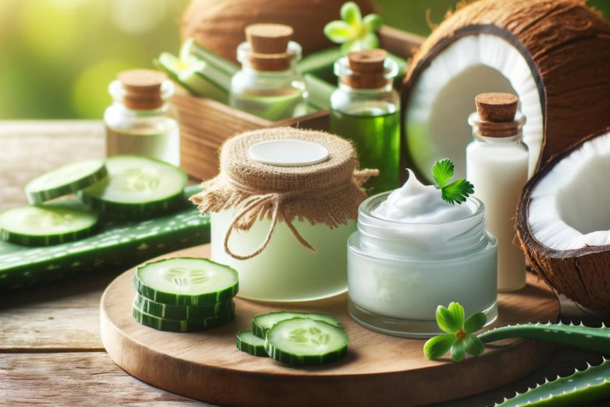
DIY Natural Beauty Treatments for Glowing Summer Skin
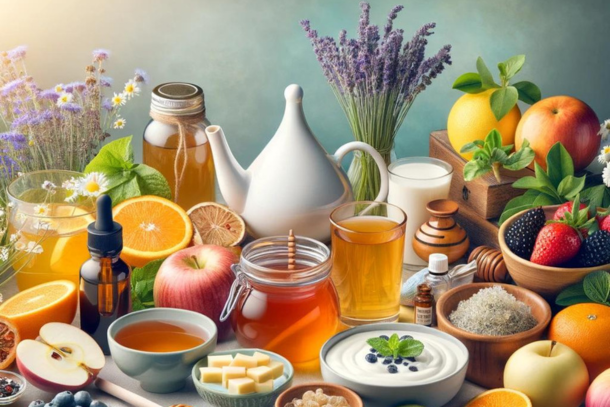
10 Natural Remedies to Combat Summer Allergies
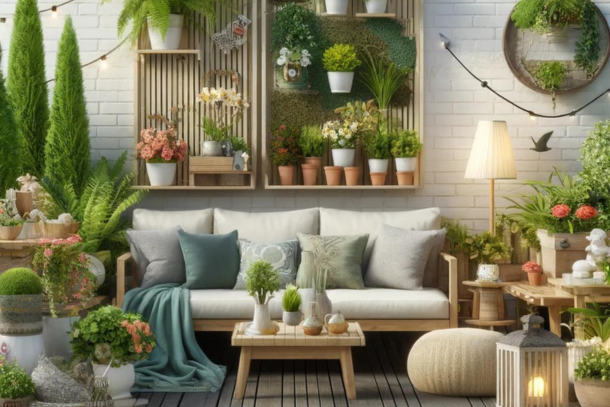
How to Create a Relaxing Outdoor Space for Summer
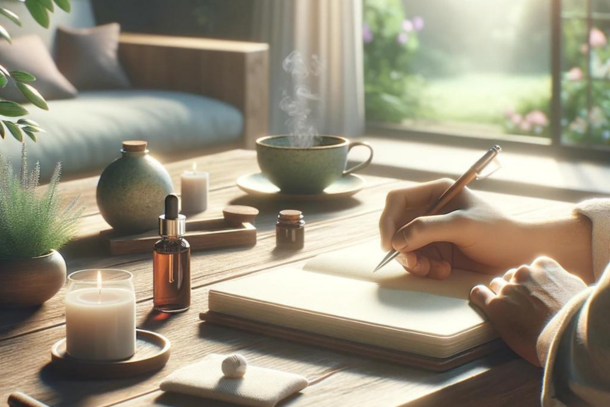
Mindfulness Techniques to Reduce Stress in Your Daily Life
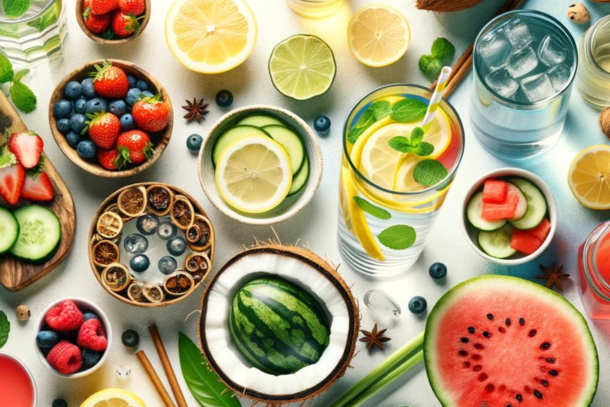
Hydration and Wellness: Natural Ways to Stay Hydrated in Summer
